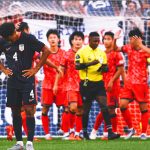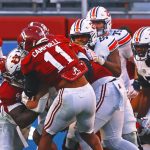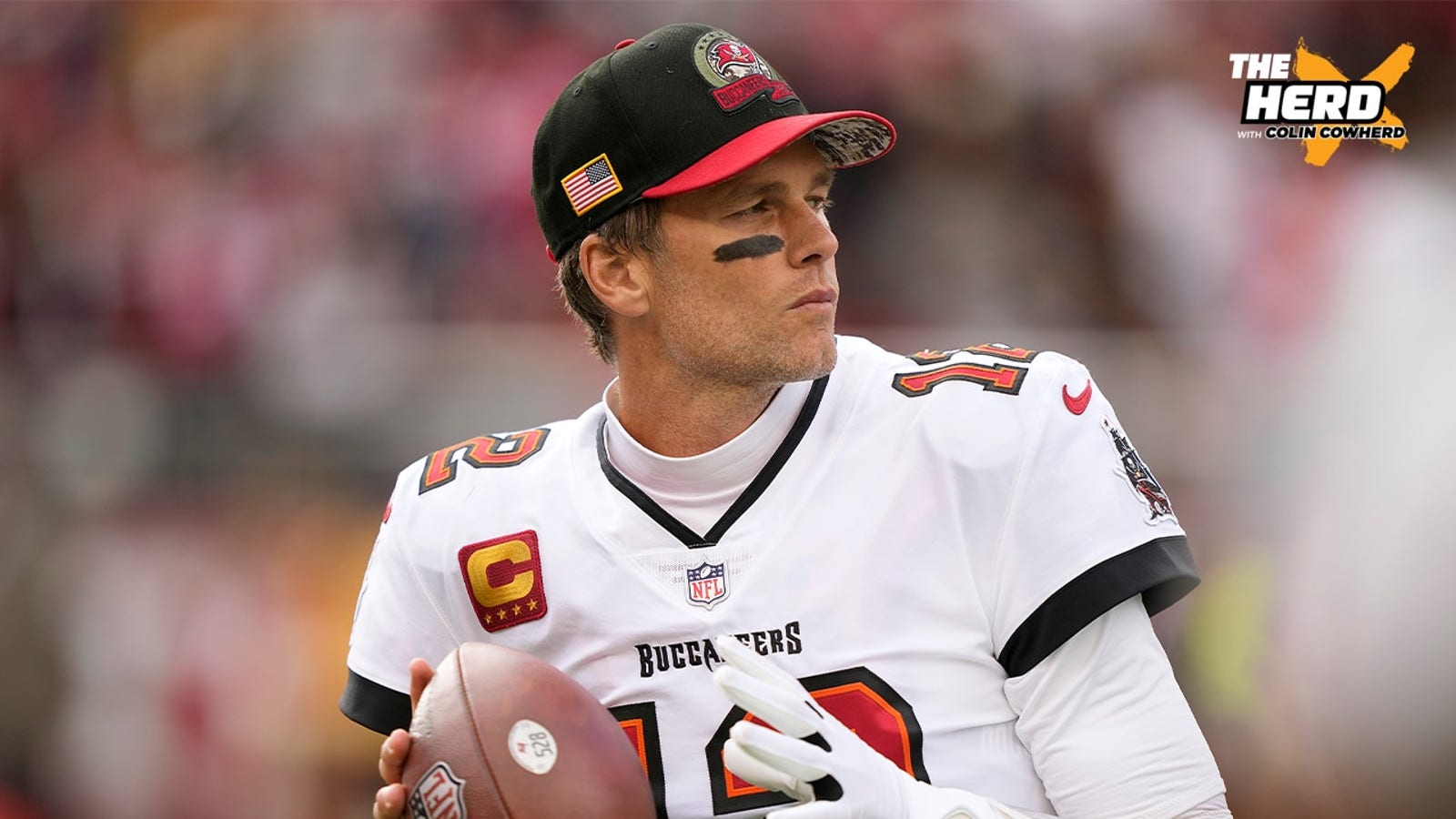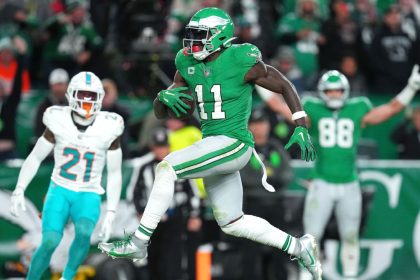Coaching matters a ton in the NFL. One of the reasons we are setting records for close games and come-from-behind wins this year is that many coaches are coaching scared. Suboptimal gameplans or strategies for attacking opponent weaknesses are also a major factor.
I could rail on Joe Lombardi in Los Angeles some for running too much early in the Chargers’ game against the Titans, when Tennessee had a largely injured secondary and the Chargers’ clear edge is through the air, but I won’t dive too deep because we’ve addressed his coaching issues a few times this year.
Instead, let’s focus on three teams who lost in large part because of coaching this past weekend.
The Colts
When you play not to lose, that’s often exactly what happens.
Up by 30 points, the Colts didn’t think they could use another touchdown at the end of the first half. That decision ultimately cost them the game.
The Colts saw the Vikings use up their two timeouts. Indianapolis had a first and 10 at the Vikings 16-yard line with nearly two minutes left in the half. Their play calls:
- 1:48: First-and-10 at the MIN 16 — running back run (gain 2 yards)
- Vikings call their final timeout
- 1:43: Second-and-8 at the MIN 14 — RB run (gain 3 yards)
- 0:58: Third-and-5 at the MIN 11 — RB run (gain 2 yards)
- 0:12: Fourth-and-3 at the MIN 9 — FG
The Colts showed no interest in scoring a touchdown. Their top priority was draining the clock.
Had they scored seven points, the Vikings never mount the biggest comeback in NFL history to send the game to overtime. But the Colts scored only three.
And then they turtled even further.
In the second half, the Colts had 13 first-down play calls with the lead.
Ten of the 13 were RB runs. These runs averaged -0.23 expected points added per attempt with a 30% success rate. As a result of their first-down strategy, their second downs averaged 7.6 yards to go.
The Colts tried to play out the string. They saw the Vikings mounting a comeback. They didn’t change their strategy: Run, run, run and hope they could bleed out the clock before the Vikings made a full comeback. As opposed to continuing to attack until the game truly was out of reach.
The Colts had 15 red-zone plays. Of those, 11 were runs. These plays gained 1.6 yards per carry and averaged -0.71 EPA/rush.
There was no reason for the Colts to lose this game. It is inexcusable.
Naughty or Nice: Is Jeff Saturday possibly tanking the Colts season?
With Indianapolis continuing to struggle, allowing the biggest comeback in NFL history and Jonathan Taylor now out for the season, Nick Wright examines whether Colts coach Jeff Saturday and owner Jim Irsay are tanking.
The Buccaneers
In the first quarter, the Buccaneers had 10 first downs. Their first down efficiency, by play type:
Passes: +0.59 EPA/play, 60% success, 14.6 yards/play
Rushes: -0.15 EPA/play, 40% success, 3.4 yards/play
They ran on 50% of plays but still scripted things well enough to build a 17-0 lead. And took a 17-3 lead into the locker room at halftime. In the second half, everything fell apart quickly.
Playing with a lead, the Bucs went 75% run on first downs. These runs netted 2.7 YPC and -0.30 EPA/play.
The most telling stat for the Bucs was their series conversion rate.
When they passed on first down, as they did 17 times, they converted that series into another first down 100% of the time.
When they rushed on first down, as they did 16 times, they converted that series into another first down just 50% of the time.
That’s because the Bucs’ first-down RB runs averaged 3.5 YPC and -0.18 EPA/play while first-down passes averaged 8.6 YPA and +0.17 EPA/play. And when Joe Burrow and the Bengals offense awoke, the Bucs weren’t able to keep up.
Why Tom Brady is unlikely to return to Bucs for 2023 season
According to Albert Breer, familiarity elsewhere could help Brady leave the Tampa Bay Bucs, including how ‘coaching could be a factor.’ Colin Cowherd gets into where Brady could land in 2023 (if he does not retire).
The Ravens
For a team like the Ravens, the offensive gameplan to beat the Browns was as simple as it could get.
Baltimore has the NFL’s least expensive wide receiver corps. We knew it entering the season. They haven’t invested significant assets at the position. They’ve also dealt with injuries to the group this year.
The cheapest WR corps has produced the fewest yards of any WR corps in the NFL this season.
On top of that, the Ravens were starting a backup quarterback.
But that’s OK. Because thankfully, the way you beat the Browns isn’t by throwing the ball, but by running it.
The Browns run defense ranks 32nd in the NFL this year.
Even beyond this year — they are the worst run defense since at least 2000 based on EPA/run allowed to running backs.
Even if you aren’t the team with the worst WR corps and a backup QB, you want to run the ball on the Browns. If that’s your scenario, it’s essentially malpractice not to.
In the first quarter, Tyler Huntley had 3 pass attempts. They TOTALED six yards. Meanwhile, their running backs ran five times for 51 yards.
The Ravens should have led after one quarter. On Baltimore’s first drive, they turned the ball over on downs at the Cleveland 7-yard line. The Browns punted on their first drive.
The first quarter finished 0-0.
It seemed like the Ravens were in good shape. The run game, predicably, was crushing. The pass game, predictably, was terrible. But they might not need it.
What did Ravens OC Greg Roman choose to do next?
In the final three quarters, Ravens running backs gained 129 yards on 15 carries, a staggering 8.6 YPC.
But Greg Roman called twice as many passes (30) as runs (15).
The result of these passes: Huntley was sacked three times, threw an interception and completed just 14 of 27 attempts (52%) for 4.9 YPA.
Did I mention it was below freezing, with gusts in the 20s, a wind chill of 23 degrees and snow coming down?
Who in their right mind is calling twice as many passes as runs while their team:
- Has the worst WR group in the NFL
- Is starting a backup QB
- Is facing the worst run defense in the NFL since at least 2000
- Is gaining 8.6 yards per carry when running the ball
- Is playing in terrible conditions to pass and catch the ball
I couldn’t believe it in real time, either.
There was no reason for the Ravens to have lost this game. The blueprint was established before the game started. The first quarter demonstrated the blueprint would work. Yet, for some inexplicable reason, even though this was a one-score game for the majority of the night and the defense allowed just 13 points in total, Roman decided to pass and pass often even as conditions deteriorated.
Top stories from FOX Sports:
Warren Sharp is an NFL analyst for FOX Sports. He is the founder of Sharp Football Analysis and has worked as a consultant for league franchises while also previously contributing to ESPN and The Ringer, among other outlets. He studied engineering before using his statistical acumen to create predictive football models. You can follow Warren on Twitter at @SharpFootball.

Get more from National Football League Follow your favorites to get information about games, news and more














